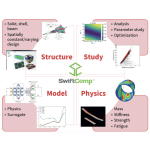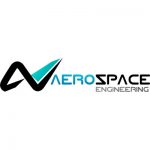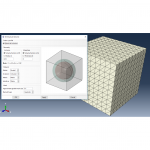The Aerospace Engineering Podcast Highlights Rocket Engine Startup
AnalySwift is excited to be partnering with the Aerospace Engineering Podcast, where Rainer Groh highlights exciting developments in aerospace engineering. More than 15,000 people visited the Aerospace Engineering Blog each month to learn something new about aerospace engineering. The most recent episode, sponsored by AnalySwift, is on a company developing an innovative engine to launch small satellites into orbit.
The company is on a ten-year journey to deliver small satellites to orbit. More specifically, it plans to deliver payloads of up to 300 kg into low-earth orbit cheaper than anyone else in the growing small launcher market; a market specialising on small satellites that will deliver GPS, internet services and earth imaging in the near future.
The most difficult part of launching satellites into orbit is building a robust and reliable rocket engine. On top of that, the physics of the rocket equation dictate very stringent constraints on the mass of the rocket and payload. To launch a satellite into low-earth orbit, a typical liquid-oxygen/kerosene rocket is around 95% propellant on the launchpad. So any fuel savings from a more efficient rocket engine can go towards increasing the payload. The company has spent the last year working on their proof-of-concept engine, and are now in the process of spending the next three years developing the 40x larger engine. Key to their rocket engine is 3D printing and a staged combustion cycle. 3D printing allows for a reduction in parts, faster development times, and easier manufacturing of complex geometries such as integrated cooling channels, which all help to reduce costs. In a staged combustion cycle, a favourite of Soviet rocket engineers, propellant flows through two combustion chambers, a preburner and a main combustion chamber. The pressure produced by igniting a small amount of propellant in the preburner can be used to power the turbo pumps that force the remaining propellant into the main combustion chamber. The addition of the preburner leads to better fuel efficiency, but comes at the cost of greater engineering complexity.











